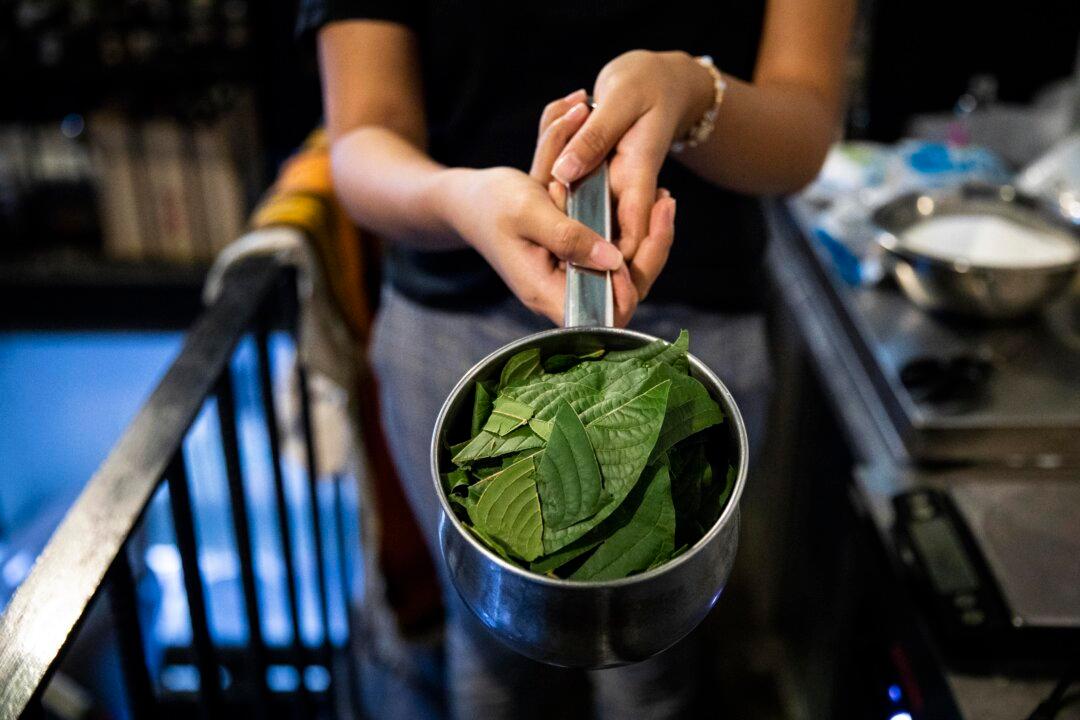A group of researchers from MIT, Harvard University, and facilities in Italy and Switzerland has made significant progress in uncovering ancient concrete-manufacturing processes that included numerous crucial self-healing features.
The findings were reported in Science Advances in an article co-authored by MIT professor of civil and environmental engineering Admir Masic, former doctoral student Linda Seymour, and four others.





